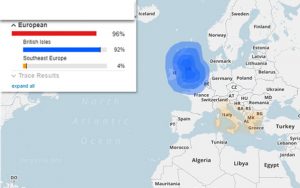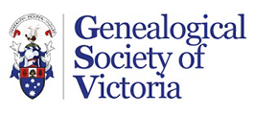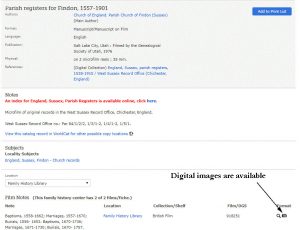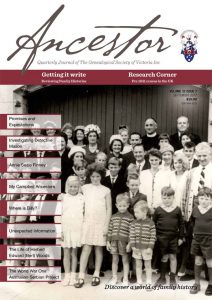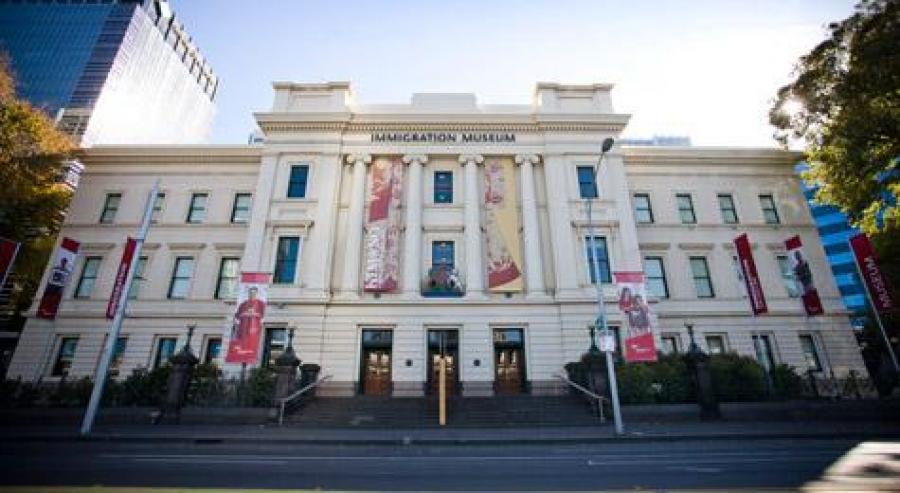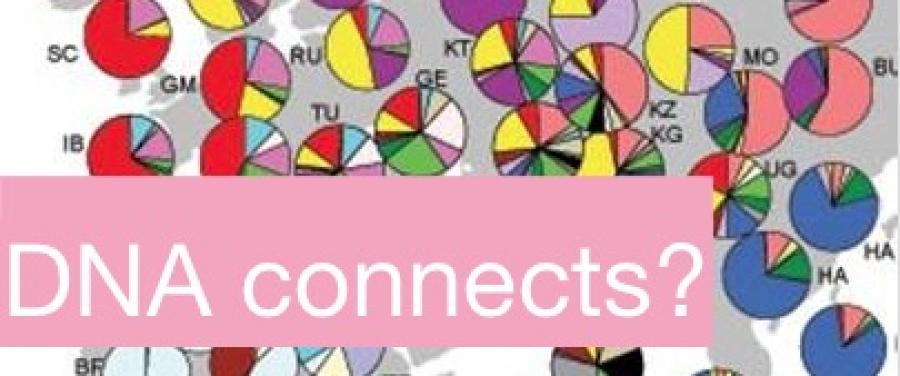Ethnicity and DNA-testing

This week Patsy Daly from the GSV's DNA Discussion Group cautions us about the meaning of ethnicity as presently estimated by DNA-testing companies.
GSV is holding a Seminar on DNA for Family Historians on Saturday 11 November at which Patsy will present more information about the DNA-testing available, as well as case studies. You can book for this at https://gsv.org.au/activities/civi-events.html?task=civicrm/event/info&reset=1&id=684.
***
Your ethnicity?
The major DNA testing companies, AncestryDNA, FamilyTreeDNA and My Heritage, each offer an estimate of ethnicity in the DNA results they give to family historians.
Most of us measure this ethnicity estimate against the expectations we have, arising from our knowledge of our family trees.
But this is actually quite inappropriate, as an ethnicity ‘estimate’ is just that – an approximation or an educated guess. No company is able to calculate our ethnicity by following all our family lines back to a certain point in ancient times. More's the pity!
Our ethnicity estimate is based on our ancient origins – thousands of years before political boundaries were set. Consequently, a map of our ethnicity may cross current political boundaries. Indeed, even our ethnicity categories may overlap those boundaries.
Nor is there a link from the estimate of our ethnicity back to the family tree that is founded on family stories and written records of very recent times. In fact, our ethnicity is estimated by comparing our own DNA sample against a reference panel of DNA samples. As each testing company gains more experience and has access to a greater number of DNA results, our ethnicity estimates will be refined and changed. Don't expect your ethnicity estimate to be set in concrete.
Because each of the three major testing companies may use difference reference panels and use different procedures our ethnicity estimate may vary from testing company to testing company. In addition, testing companies may not yet have enough samples in their current reference panel to identify some non-European ethnic groups. For example, at present those with Australian indigenous ethnicity may only be identified at a higher level - as Micronesians.
An estimate of our ethnicity depends upon the DNA we received from our parents, but while our ethnicity estimate may be like that of our siblings, only in the case of identical twins is it precisely the same.
Overall, it is probable that our ethnicity estimate is only accurate at the continental level, so while it is interesting to see how nearly an ethnicity estimate matches our expectations it is, at this stage, probably more worthwhile to compare our ethnicity estimate with those of our DNA matches. It is in this comparison that we might find the answers to questions of relationships.
AncestryDNA https://www.ancestry.com.au/dna/
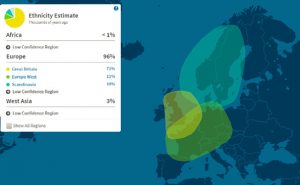
My Heritage https://www.myheritage.com/dna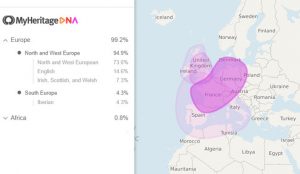
Family Tree DNA https://www.familytreedna.com/